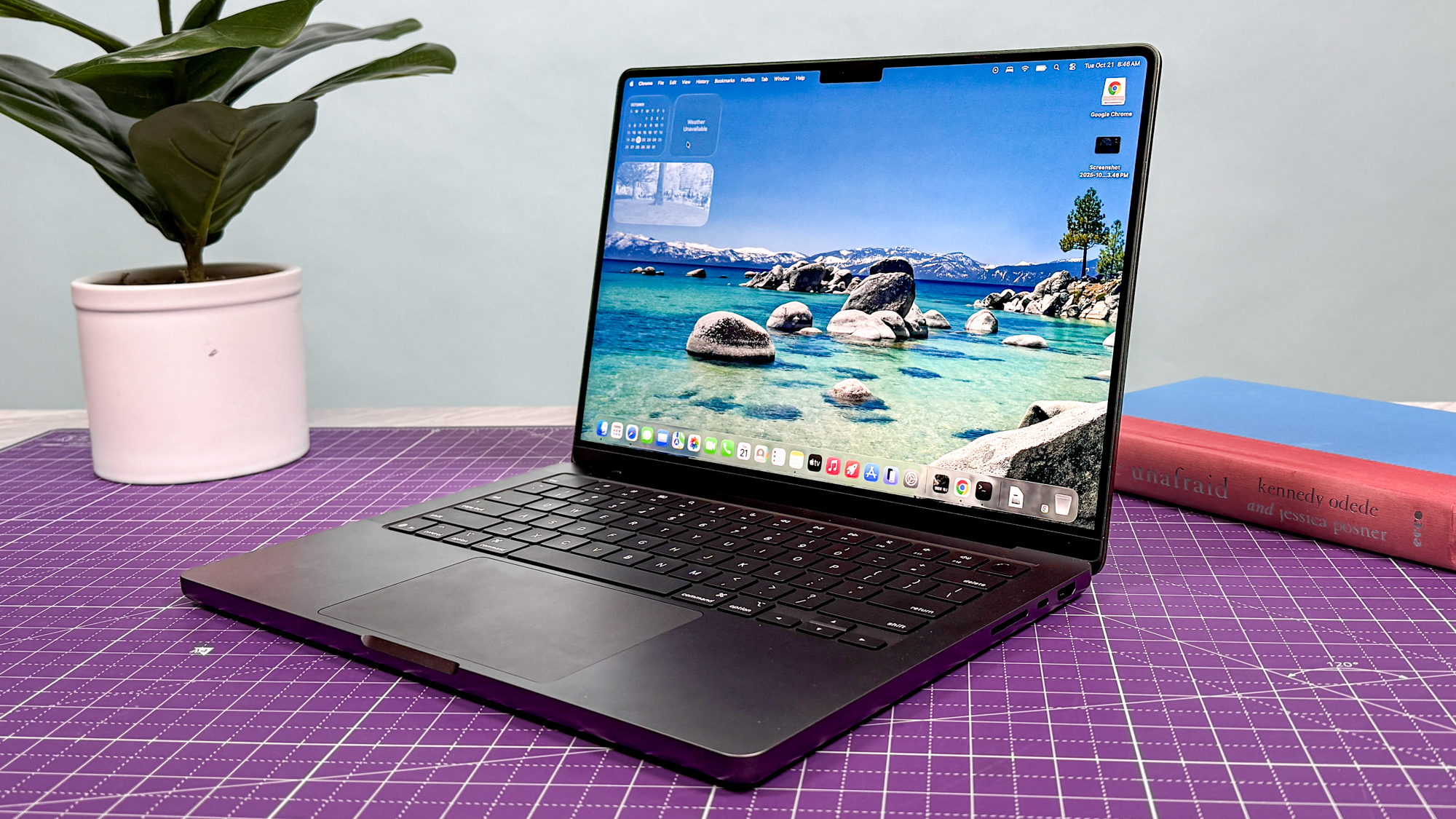Forget the Galaxy S20: The Galaxy Note 20 will have an even better display

Editor's Note: The new Galaxy phones are here! Check out our hands-on reviews of the Galaxy S20, Galaxy S20 Plus and Galaxy S20 Ultra.
The Samsung Galaxy S20 is all but definitely about to be revealed by Samsung at its Unpacked event on February 11. And at least one of the three expected handsets could land on our best phones list. But there will be at least a handful of people looking past this trio of models, to the successor to the Galaxy Note 10, most likely called the Note 20.
Believe it or not, there’s already an interesting rumor about this phone.
Ice Universe, a Twitter user with a long track record of accurate leaks, posted the following tweet, which has us looking forward to August, when Samsung tends to launch the new Galaxy Note series phone.
The Galaxy Note20 will use a more fine-tuned 120Hz refresh rate technology.February 4, 2020
A 120Hz refresh rate is becoming the new gold standard for phone displays, after years of using 60Hz. Double the refresh rate means double the smoothness, which will make scrolling through your social media feeds or watching video much more enjoyable.
We have tried a 90Hz display on the OnePlus 7 Pro and OnePlus 7T, and we absolutely loved it. The Asus ROG Phone 2 has a 120Hz display, since it’s a phone all about the mobile gaming experience, and that was also excellent. All three of these phones have proven the benefit and viability of these high refresh rate displays, so we've been eagerly awaiting a big premium manufacturer like Samsung or Apple to put this technology to use on their phones.
What exactly “fine-tuned” means is up for debate. One source claims that the S20 phones, while capable of a maximum refresh rate of 120Hz, can only manage this at FHD resolution, rather than their maximum QHD resolution. It means in theory that S20 owners will have to pick between smoothness or image quality rather than getting the best of both simultaneously.
Get instant access to breaking news, the hottest reviews, great deals and helpful tips.
Google had its own struggles too, originally only allowing the Pixel 4’s 90Hz display to perform at its full potential at high brightness levels. If Samsung can finally give us a 120Hz display on a premium flagship without any caveats on the Note 20, then that could be worth waiting for.

Richard is based in London, covering news, reviews and how-tos for phones, tablets, gaming, and whatever else people need advice on. Following on from his MA in Magazine Journalism at the University of Sheffield, he's also written for WIRED U.K., The Register and Creative Bloq. When not at work, he's likely thinking about how to brew the perfect cup of specialty coffee.
